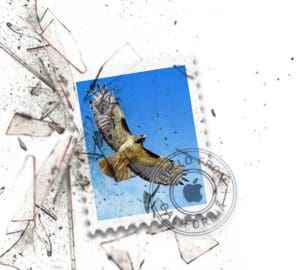

Now, just delete anything you don’t want How to clear app caches Click Go, and you’ll be taken to your Caches folderĤ. Enter ~/Library/Caches in the window that appearsģ. Here’s how to delete your Mac’s system cache:Ģ.

For that reason, you might want to clear your Mac’s system cache every now and then. In any case, these files can end up cluttering up your disk space and slowing down your Mac. These files can range from tiny to quite large files, depending on what they’re for and what app created them. Most Mac apps create temporary cache data. It checks which files are safe to delete, so you don't accidentally remove essential files. If you're in any doubt, use a cleaning tool like MacKeeper. Be wary of deleting cache files from apps you’re actively using, as you run the risk of deleting your work or progress.

Make a copy of all the folders, so you can reinstate them in case you encounter issues. You will have to be more careful when deleting cached files in apps, though, because some developers store important files in the cache folders. You shouldn’t run into any major issues if you delete cached files from system-level ( /Library/Caches/) and user-level folders ( ~/Library/Caches/). It’s good to be careful about deleting stuff from your Mac, but it’s generally safe to remove cached data. If any of these things happen, then it can be a good idea to clear caches on your Mac. That can include information you’ve entered into web forms, your browsing history, and so on


 0 kommentar(er)
0 kommentar(er)
